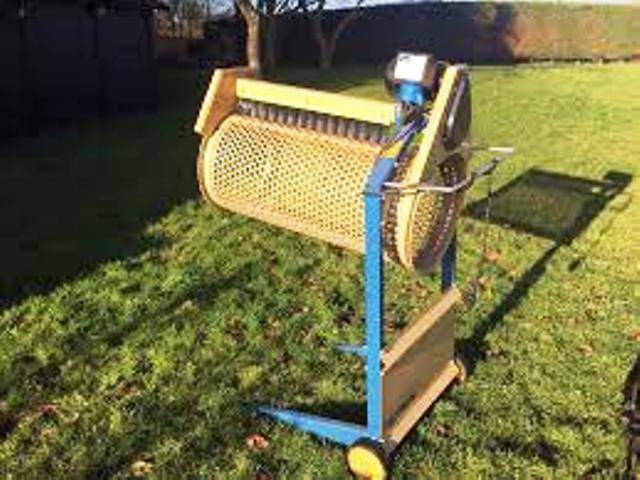
In order to avoid spending much on lawn fertiliser or moss killer there are applications where sieved compost is useful e.g. when used as a lawn top-dressing (i.e. raking in a thin layer of compost on to the grass), or when creating a potting mix for seedlings. Lawn dressing has been famous since British rule.
The compost we use normally consists of lumps which are not appropriate for lawns and not absorbed by the roots of plants easily. This creates the need for sieving the compost. The cost of the sieve and the time and effort that goes into sieving is not the only thing that matters. The most beneficial part of compost is the group of humeric substances. These compounds impact soil fertility as they enhance root uptake of minerals and water. Therefore benefit comes from digging humeric substances into the root zone. Sieving compost can be tricky and labour intensive, especially if it is wet and sticky as it tends ball into large lumps and clog sieves. Large over sized lumps will compost down in soil over 12-24 months.
Most people just use compost as it is available it is preferable to have fine compost for use in potting up seedlings as large pieces of compost are hard to rake in and can cover the grass and act as ‘mulch’ – not the desired result.
Few sieves for compost have been tried and tested which are being shared here;
1. The Plastic Hand Sieve
This is the simplest form of composting as it cost just dollar 4-10. Those working with a bucket full of compost can carry on with this kind of sieve i.e. it may work better with small quantity of compost. The drawback is that it does not work with moist ball of compost

2. The rotary sieve
It is bit faster option than above. They are not appropriate for larger lumps. It may jam as they interrupt.

3. The Watford Sifter
The best option for sieving as it can work better with lumps of bigger sizes. It does not shift from its position and thus helpful in sieving large quantities of soil as well as compost. Different kinds of screens are available - course and fine which can be changed easily.

4. The Scheppach Sieve
It is one of the mechanized options for sieving as it uses motor to rotate it. Those farmers’s who have used it have rated it high in comparison to other sieving machines.

5. The Compost Sifter
It is similar in design with the above but difference lies in its manual working instead of motor. It has to be handled by handle. The sieves found are really fine which can work with wet compost rater than others which only works with dry one.
Hope these are the seivers for composting that may find useful for you. Just try! But as a suggestion, for most compost users and most types of compost application, we do not believe drying compost and then sieving is worthwhile.
















